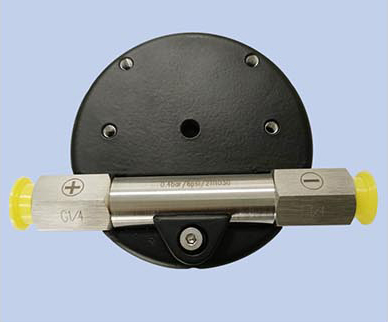
Aug . 07, 2024 16:05 Back to list
Understanding the Key Differences Between Differential and Absolute Pressure Gauges for Accurate Measurements
Understanding the Difference Between Differential and Absolute Pressure Gauges
Pressure measurement is a fundamental aspect of many industrial processes, ranging from manufacturing to environmental monitoring. Two common types of pressure gauges used in these applications are differential pressure gauges and absolute pressure gauges. While both serve essential roles in measuring pressure, they do so in fundamentally different ways, leading to varying applications and interpretations of the data they provide.
Absolute Pressure Gauges
Absolute pressure gauges measure pressure relative to a perfect vacuum, meaning their readings reflect the true pressure of the environment without any atmospheric influence. These gauges are calibrated to zero pressure at a vacuum level, allowing them to provide a direct measurement of the absolute pressure present in a system. This feature is vital for applications where vacuum conditions, altitude effects, or scientific measurements are critical.
An example of an absolute pressure gauge is the barometer, which measures atmospheric pressure. In other situations, such as in the aerospace industry or certain laboratory environments, utilizing absolute pressure readings can be crucial for calculations and maintaining safety within operations.
The accuracy of an absolute pressure gauge is paramount because it must account for any fluctuations in atmospheric pressure. Therefore, a precise understanding of absolute pressure is essential for processes that rely on accurate measurements to determine behaviors of gases, liquids, or other materials under varying conditions.
Differential Pressure Gauges
odm difference between differential and absolute pressure gauges

In contrast, differential pressure gauges measure the difference in pressure between two points within a system. These gauges comprise two pressure ports—one measuring the pressure from a reference point and the other measuring the pressure from the point of interest. The resulting difference between these two measurements provides valuable insights into the system's performance, allowing for various calculations and assessments.
Differential pressure measurements are crucial in many applications, including flow measurements, filter monitoring, and level measurement in tanks. For instance, in flow measurement, the differential pressure across a flow restriction (such as an orifice plate) can indicate the flow rate of a fluid through a pipe. Similarly, in filter monitoring, the differential pressure reading can help determine when a filter may be clogged and requires replacement or cleaning.
Key Differences
The fundamental difference between the two types of gauges lies in their reference points. Absolute pressure gauges provide an absolute value, unaffected by ambient atmospheric conditions, while differential pressure gauges focus on the variation in pressure between two specified points.
Additionally, the applications for each are distinct. Absolute pressure gauges are often utilized in high-precision contexts, such as scientific and laboratory settings, while differential pressure gauges are prevalent in process control and engineering applications where flow or level measurements are essential.
Conclusion
Understanding the differences between differential and absolute pressure gauges is crucial for engineers, technicians, and operators in designing, maintaining, and optimizing systems across various industries. Each gauge type has its specific applications based on the nature of pressure measurement required—whether one needs a true representation of absolute pressure or the variation in pressure between two points. Knowing when to apply each type of gauge can lead to improved accuracy in measurements and more efficient system performance, ultimately enhancing operational reliability and safety.
-
High-Precision 5 Valve Manifold Differential Pressure Gauge Suppliers
NewsApr.29,2025
-
High-Precision Diaphragm Vacuum Pressure Gauges Manufacturers & Quotes
NewsApr.29,2025
-
Omega Differential Pressure Gauges High Accuracy & Durability
NewsApr.28,2025
-
Low Pressure Differential Pressure Gauges Precision Solutions & Quotes
NewsApr.28,2025
-
Digital Diaphragm Pressure Gaauge Precision Measurement & OEM Quotes
NewsApr.28,2025
-
Differential Pressure Gauge China Price High-Accuracy & Best Quotes
NewsApr.28,2025
